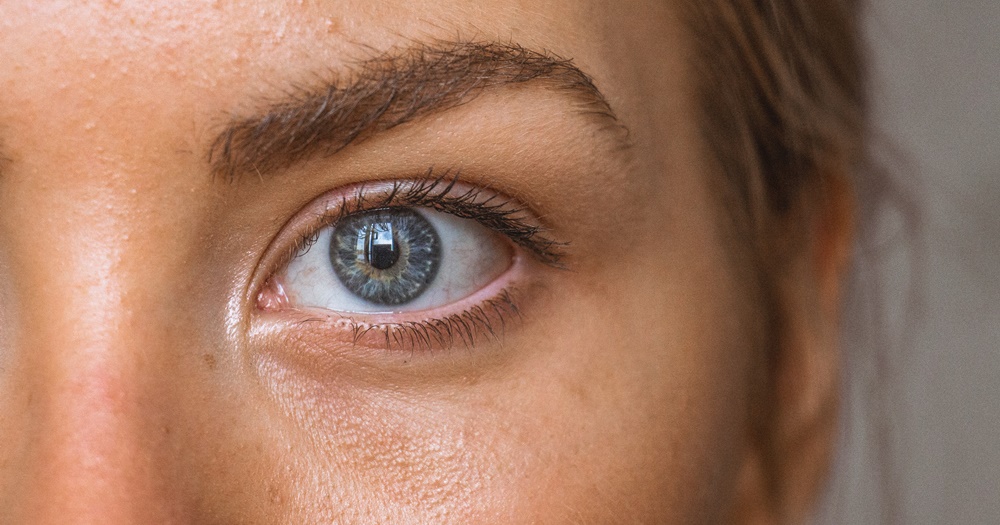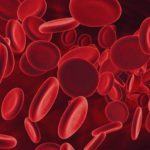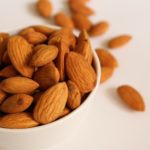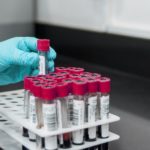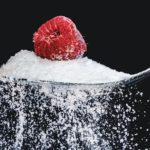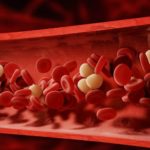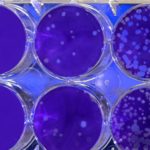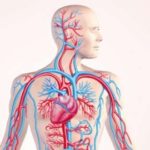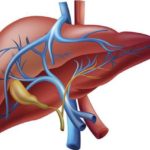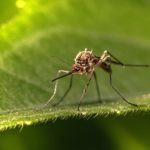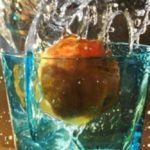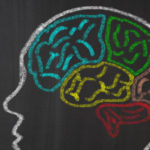How does jaundice occur?
Jaundice is detected when there is a yellow discoloration of the eyes due to the deposition of a yellow pigment called bilirubin. The pigment is seen in the white (sclera) of the eyes. If levels of bilirubin in blood are higher, even the skin turns yellow.
Genesis of bilirubin
Bilirubin is primarily produced by the breakdown of red blood cells. The lifespan of red blood cells is approximately 120 days. It is formed mainly in the liver and spleen and is insoluble in water. To be transportable in blood, it has to be soluble. This occurs by conjugation reaction in the liver where the bilirubin binds with glucuronic acid. This water-soluble is excreted in bile which is stored in the gall bladder. Bile is secreted after meals and helps in the digestion of fats.
Causes of jaundice
A lot of diseases can cause jaundice. A careful clinical examination and laboratory examination and modern imaging are required to arrive at the correct diagnosis. Some of the common causes are enumerated below:
Haemolytic anemia: there is an increased breakdown of red cells, either due to defects in these cells or in association with diseases like malaria. This increased cell turnover results in anaemia and jaundice. In these conditions, the bilirubin does not usually become very high (< 5mg /100 ml). This may be associated with the presence of pigment stones in the gall bladder. Some of these stones may spill over into the bile passage (bile duct) and result in deep jaundice.
Drug-induced: Many drugs affect the production of bilirubin in the liver and can cause jaundice. Some of these drugs are rifampicin, probenecid.
Hereditary disorders: Gilbert syndrome, crigler-najjar syndrome, Dubin-Johnson and Rotor syndromes also present with jaundice.
Liver disorders: a variety of liver disorders can cause jaundice since the liver is involved with the metabolism of bilirubin.
- Viral hepatitis – infection of the liver caused by certain viruses can cause inflammation of the liver (hepatitis) and result in jaundice because of its inability to form soluble bilirubin. Infection with Hepatitis A, B, C, D, and E, Epstein-Barr, Cytomegalovirus, and Herpes simplex viruses can cause jaundice.
- Alcohol – alcohol causes direct damage to liver cells resulting in hepatitis.
- Drug-induced hepatitis – acetaminophen, isoniazid.
- Environmental toxins – Vinyl chloride, Jamaica bush tea (pyrrolizidine alkaloids), Wild mushrooms (Amanita phalloides)
- Wilson’s disease – is a genetic disorder in which copper accumulates in the liver causing hepatitis. It occurs due to failure to excrete copper in the bile. Liver damage occurs at 3 years of age. Stones in the gall bladder and kidneys are frequently seen in these patients.
- Autoimmune hepatitis – it is a condition caused by damage to liver cells by the body’s own immune cells.
Obstruction to bile passage: Stones in the bile duct, narrowing of duct, blockage by a tumor (gall bladder cancer, cancer of pancreas, cancer of bile duct), chronic pancreatitis.
- The presence of stones in the bile duct is a very common cause of jaundice. Usually, these stones pass from the gall bladder because of their small size or wide opening of the duct of the gall bladder. They result in pain, fever, and jaundice.
- Cancers usually present with painless jaundice. When the disease becomes advanced, pain may appear due to the involvement of adjacent nerves.
- A lot of drugs can cause stasis or slow down the bile flow. This results in jaundice. The common drugs are anabolic steroids, oral contraceptives, imipramine, cimetidine, and erythromycin estolate.
Jaundice occurs due to multiple disorders. The initial approach is to differentiate the cause as hepatic (due to liver disease) or extra-hepatic (other than a liver disease). A logical approach results in finding the cause of jaundice, by taking a medical history, clinical examination, laboratory investigations, and appropriate imaging or endoscopy and biopsy. Timely management can prevent permanent liver damage in benign conditions.
